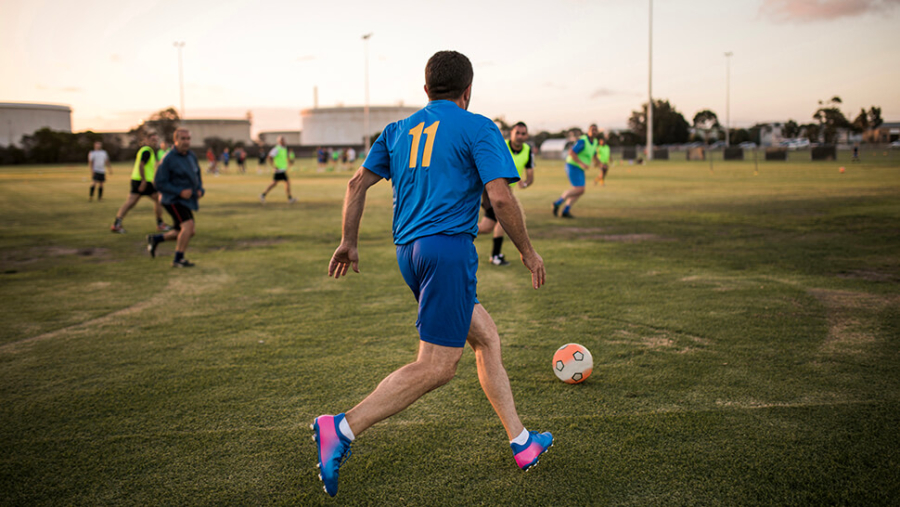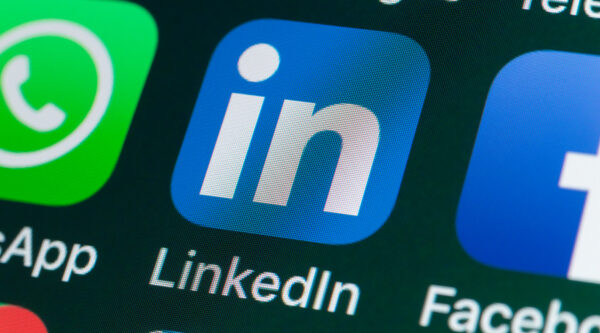

The value of image rights to professional footballers and their clubs, and how that is managed for tax purposes, is once again in the spotlight, as HMRC is investigating the structures set up to manage tax liability.
What are image rights and why are they used?
Image rights (in relation to football) are rights that a player possesses to control, sell, license and otherwise monetise his or her likeness – that is, his or her image, name, nickname, voice, signature and all other characteristics unique to the player.
Clubs often make payments to a player for such image rights and these payments typically are additional payments on top of a player’s salary. In return, the club (and its sponsors) can use that player’s image rights for advertising, endorsements and other commercial activities.
By separating out salary and payments for ‘image rights’, there is an income tax saving and also a National Insurance contributions saving for both the player and the club.
Typically, ‘image rights’ are part of a player’s income and can be (and are often) paid into an image rights company, which is usually set up by the player solely to deal with such additional payments. The benefit to the player is that these payments are only taxed at the corporation tax rate (currently 19%), rather than the usual additional income tax rate (currently 45%).
The relationship between HMRC and the Premier League
In the early stages, many players and clubs alike entered into various image rights deals to limit their tax liability, arguably without considering the longer term tax effects and the mechanics of assigning certain image rights in the future.
Image right structures have been exploited, either by clubs not using the licensed image rights at all, or by such image rights being over-valued and thus clubs had been paying inflated values for image rights, reducing both the club’s and the player’s overall tax liability.
Over the years, the Premier League and HMRC tackled the issue by entering into a series of agreements to agree certain parameters of image rights deals. Clubs agreed to limit the amount they could pay under image rights arrangements. Firstly, they limited their total spend on image rights to 15% of their overall commercial revenue. Secondly, they limited the amount that could be paid to an individual player’s image rights company – this limit was set at 20% of that player’s annual variable earnings or salary.
Why are HMRC starting to investigate again?
It has recently been reported that more than three times as many professional footballers are being investigated over their tax affairs than those investigated over the past year.
Why? Given the continued exponential growth of football on a global scale, mainly fuelled by broadcasting rights, there is even more money floating around and, crucially, there are now a large number of younger players who are commanding eye-watering salaries. The issue for these players is how they (and the buying club) limit their tax exposure.
Many of the top players in the Premier League (mainly from the ‘top six’ clubs) have historically set up image rights companies for the sole purpose of limiting their tax liability. In order to set up an image rights company, the individual player must have a clear image that has an independent value to the sponsors. Arguably, this is more difficult to prove amongst younger players and, given that these younger players are largely represented by inexperienced agents and representatives, such image rights structures often do not consider the wider implications of tax gains or the mechanics of assigning image rights in the future.
What needs to be done in the future?
Players need to understand the implications of such structures. Many young professional footballers simply do not have access to or receive the advice they need when it comes to image rights. For example, many of these young players do not realise that they need to pay tax on the fees that the club pays their agent upon the signing of a new contract. Further down the line, complications, errors and even hefty penalties can follow.
Make sure you receive the correct advice on image rights structures before entering into a contract – contact Dan De Saulles at [email protected] or Tim Bailey at [email protected] for help and advice.










